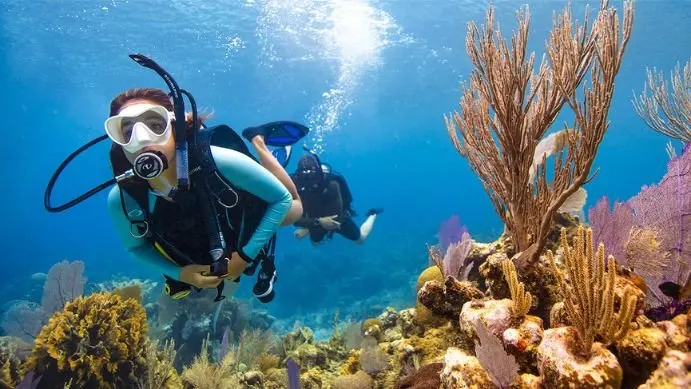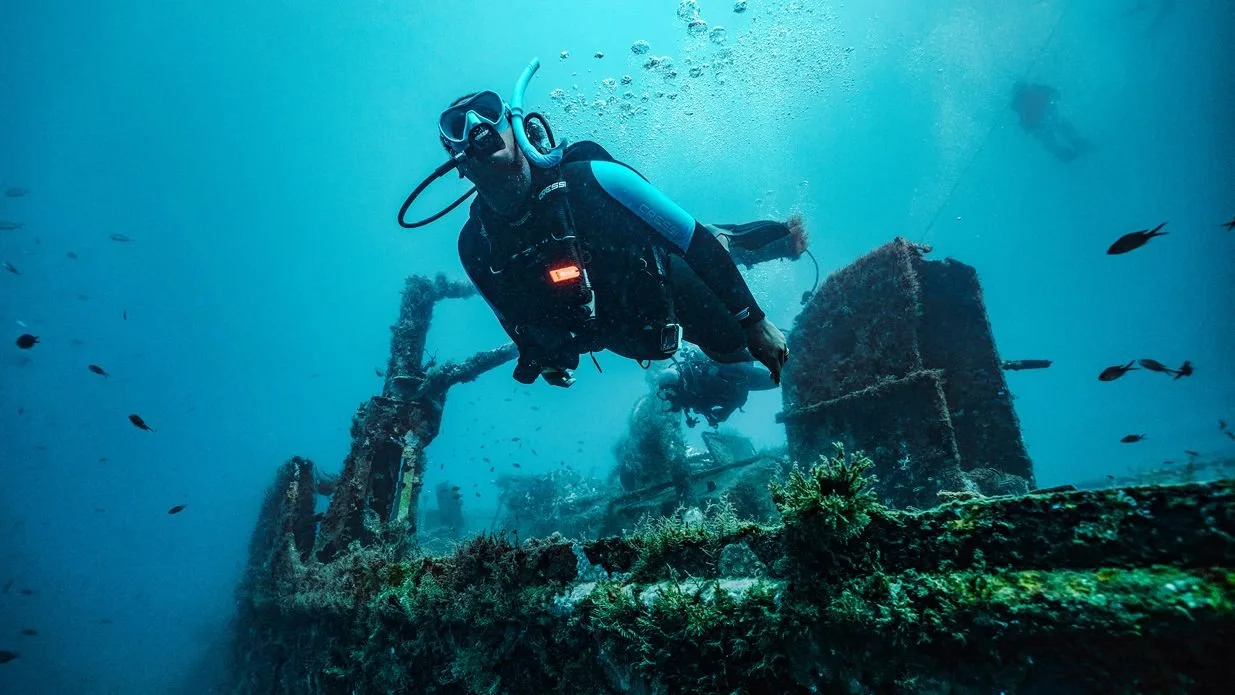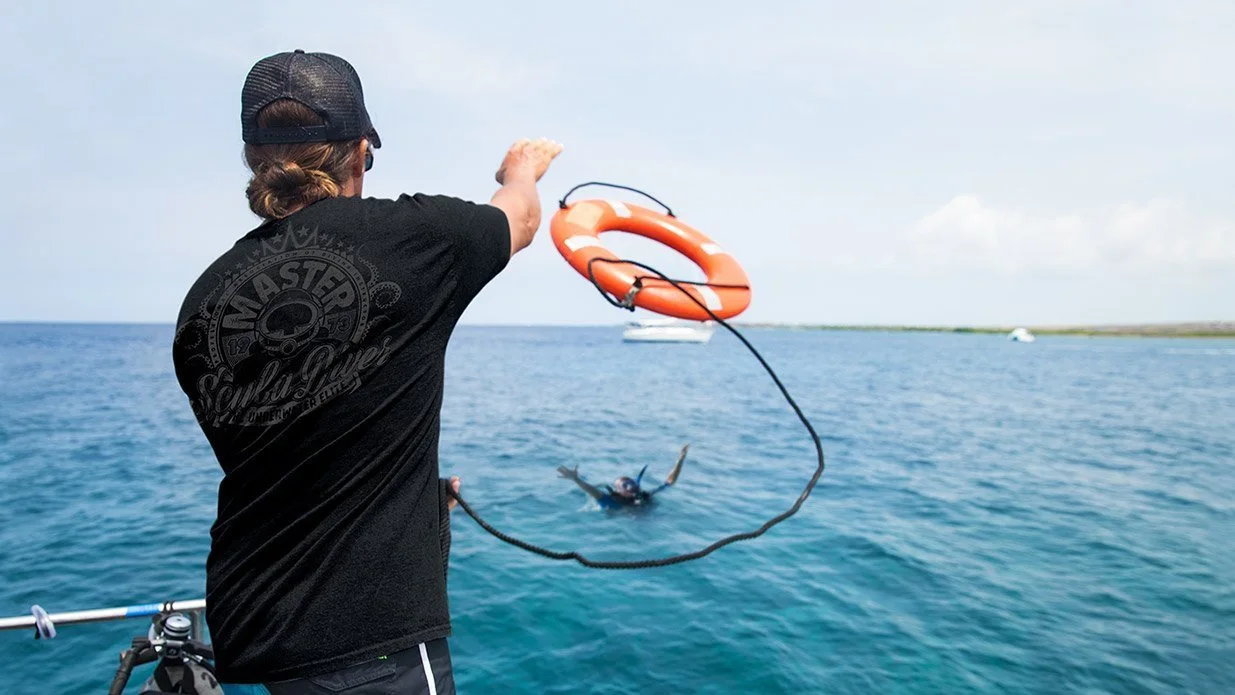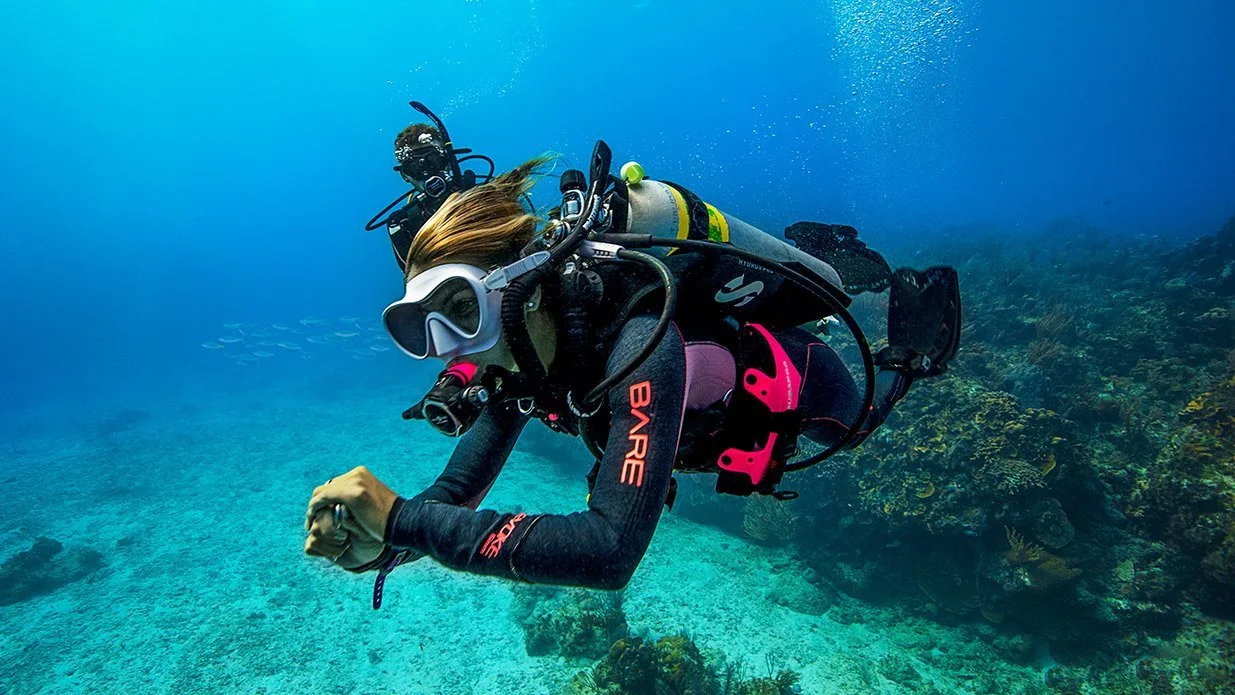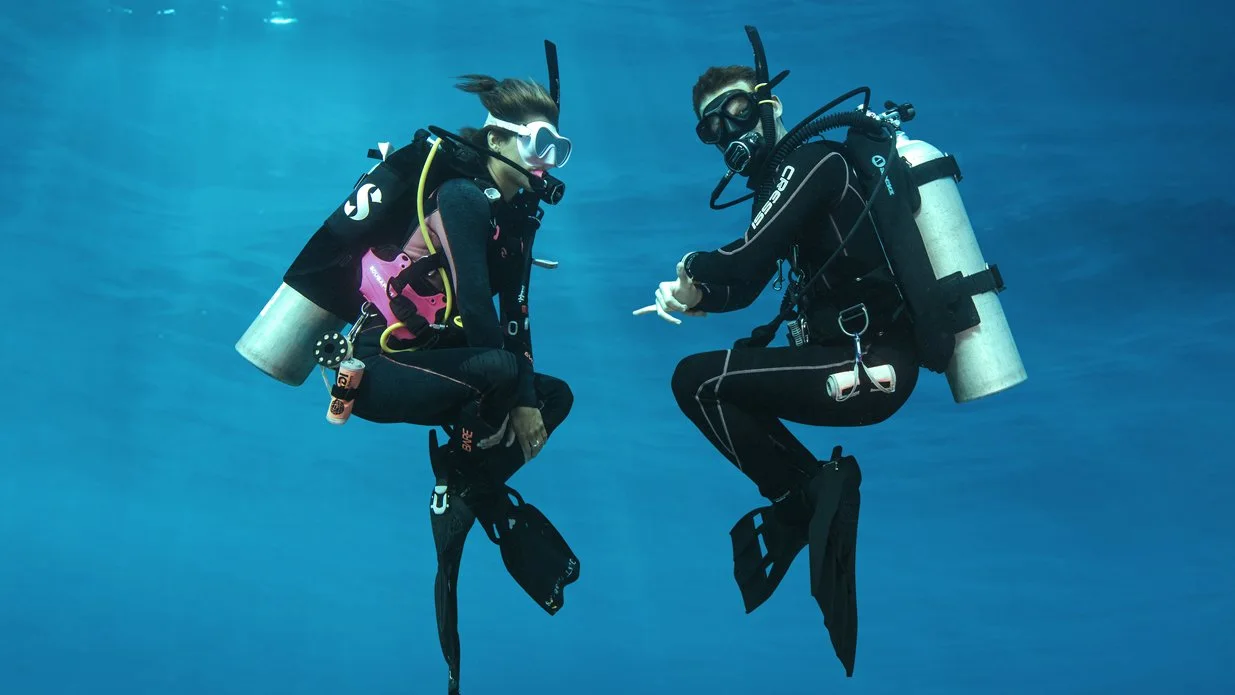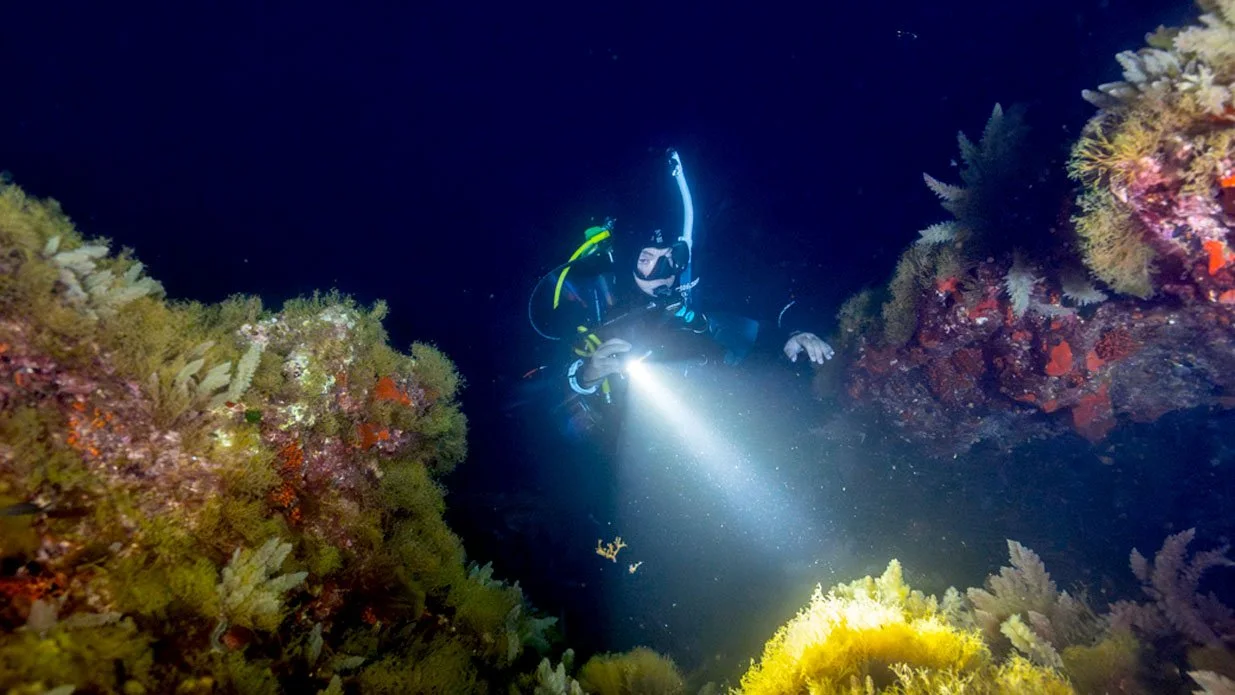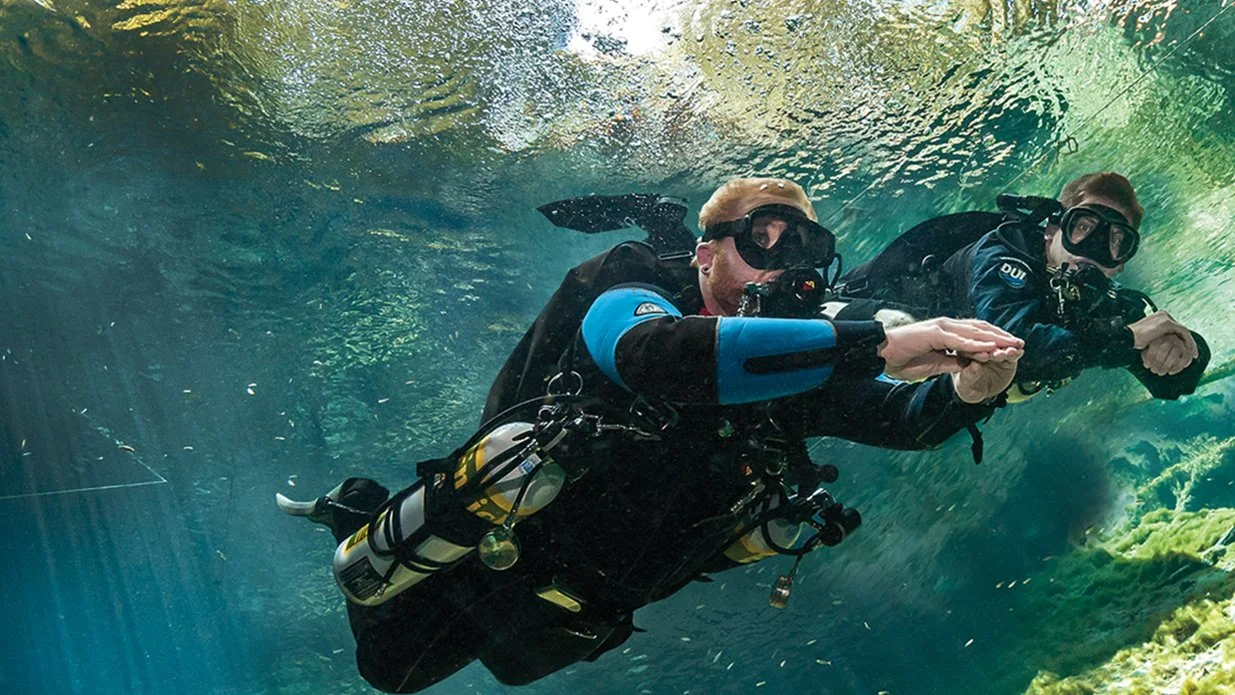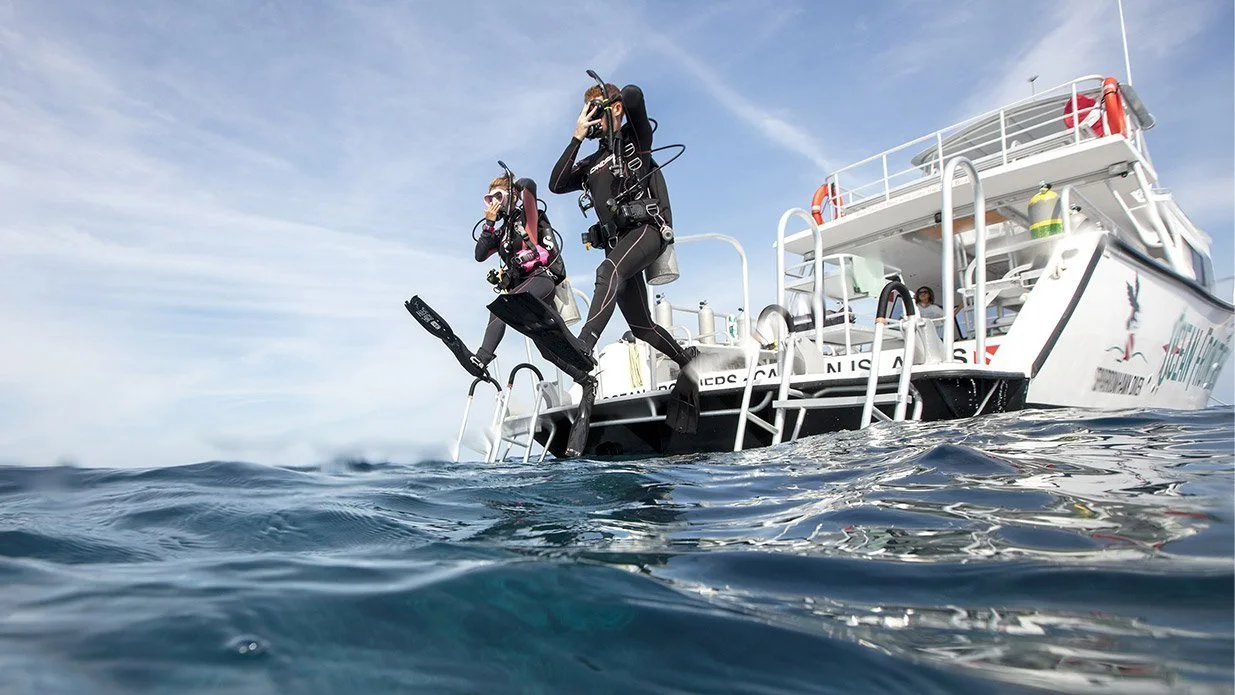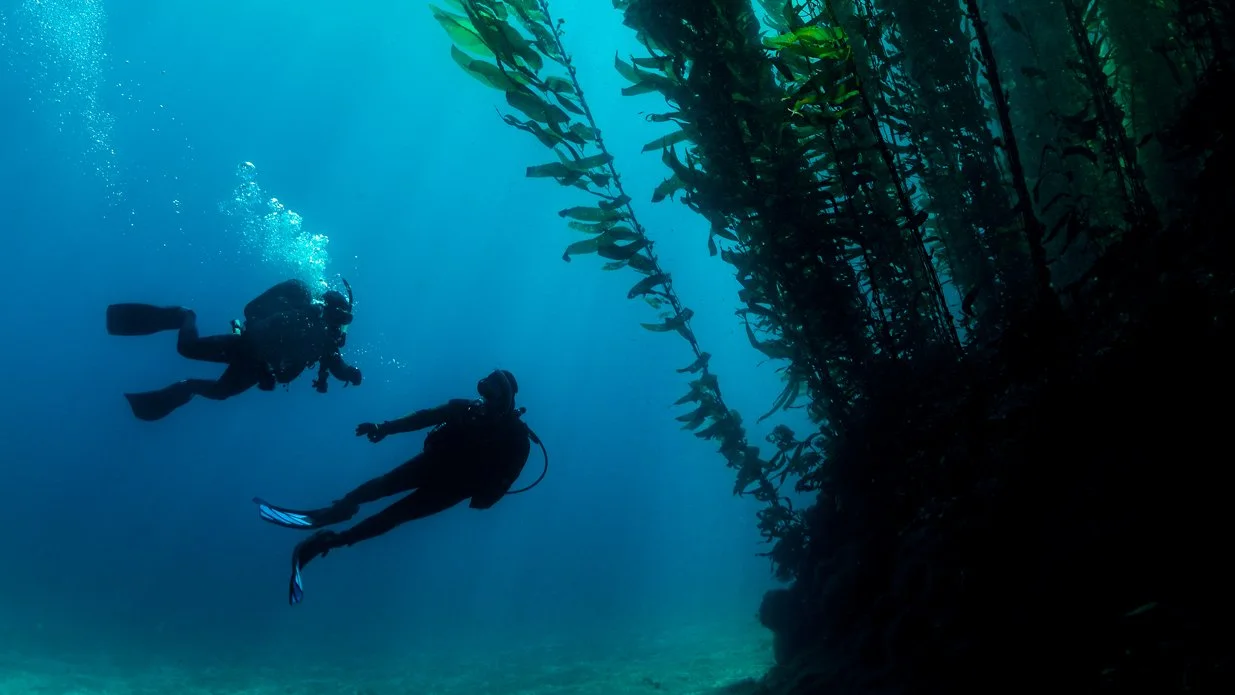Join PADI Club
Enjoy 20% OFF select PADI eLearning® programs, FREE ReActivate® online refresher, subscription to Scuba Diving magazine + so much more when you join PADI Club™.
Adventures
Book your fun dives, snorkelling trips and courses online with thousands of PADI Dive Centers.
New Destination eCards
Explore vibrant underwater worlds—from Addu Atoll’s fairy basslets to West Palm’s green Moray eel and Triton Bay’s colorful coral gardens!
About the Course
Take On the Master Scuba Diver Challenge & Win Big
From now until 31 October, 2025, join the Master Scuba Diver™ Challenge for your chance to win a once-in-a-lifetime trip for two to Fiji, including:
Frequently asked questions
The PADI Difference
- 30,000,000+
- 6,600
- 128,000
Sidemount Rec Diver FAQs
More Courses
Come Explore With Us!
- Savings
- We respect your privacy

